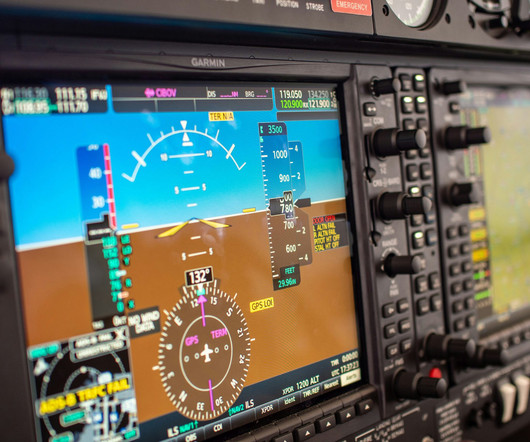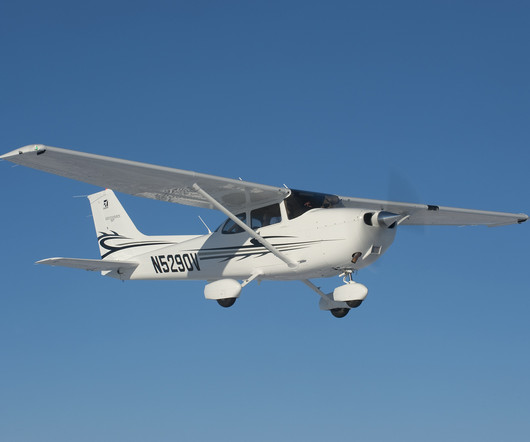I Am UNSAFE Checklist—Lessons Learned on a Fateful Night
Air Facts
FEBRUARY 28, 2025
I assessed my personal condition and noted I was tired, but a short flight and get-home-it-is grabbed me (mistake #3). The Flight Plan I filed an IFR flight plan, KAZO-GIJ-OXI-MAPPS-EON-JOT-ILS2L-KDPA, then VFR to my homebase, 06C. As I crossed the runway threshold, it was solid IMC and I had to go missed.




















Let's personalize your content